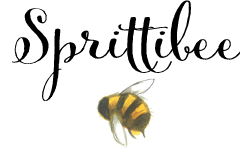
I’ve been doing a series on “Home and Garden 101” (and unfortunately, this week’s post doesn’t have a sponsor – so there’s no gift card… but if you give me a great natural pest control tip, I might feature you with a link next week).
Come back Friday for a chance to win 25$ Amex gift card from Central Pet & Garden!
– – – – – – – –
Now that we have begun to focus on the yard again, we are noticing some problems with our plants. I have done some research and wanted to share the things I’ve learned and ask for your advice and tips. If you have had success using natural garden remedies, I would love to hear about it. I’m planning to share some links (a virtual round-up) of posts from my readers that have good plant and garden advice during this series. I’d love to feature you.
I don’t like to use pest control products that have chemicals. At all if possible. It is VERY rare that I will use them and only if it is localized to prevent harming other bugs, pets, or humans.
It might be easier to get rid of garden pests with poison, but it most certainly kills other non-harmful bugs, upsets the ecosystem in your garden and yard, runs off in the rain water and I have heard stories of pets and people being affected as well.
I want my garden to be as organic as possible. Watering it through the Texas summer makes my garden produce cost more than non-organic store-bought produce, so it might as well be organic to make the effort worth it. The added benefit of organic means I know beyond a shadow of a doubt that I haven’t done anything toxic to my environment or family.
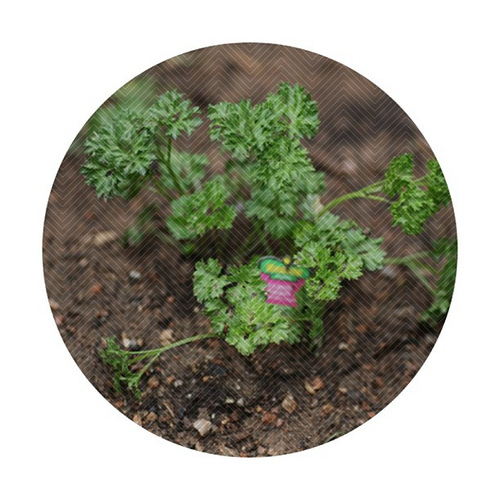
This is the only new plant I’ve added lately to the garden. Parsley is something we love to cook with, and I haven’t ever grown it, so I thought I would give it a try. I’m also growing a late batch of cilantro in my yard that came up from last year’s seed… but it has already flowered. I have a bowl full of cilantro seed and a wheel-barrel full of harvested cilantro stalks from this year, too. I’ll probably not seed the ground again this year because I think enough of the seeds dropped naturally when I was clearing it from the flower bed. We’ll see next year if it comes back on it’s own.
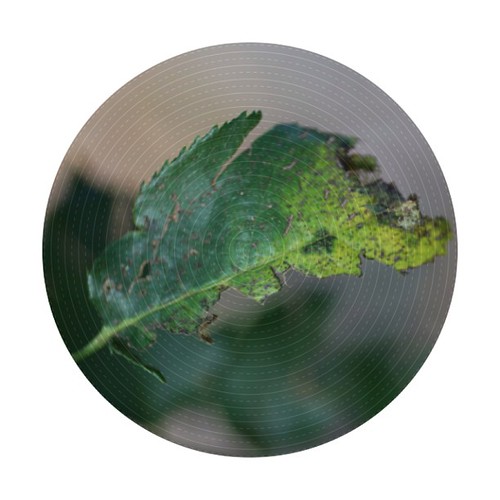
Here’s an up close shot of my rose bush leaf which had the most damage. A number of things could be the culprit of this. Looks like possibly cucumber beetle, earwig, grasshopper, slug or caterpillar damage on the leaf… plus some black spot fungus. I did research on the internet about different pests that attack roses and found this amazing site: List of Rose Problems and Diseases – but with all the different things I have going on, I’m not really sure where to start!
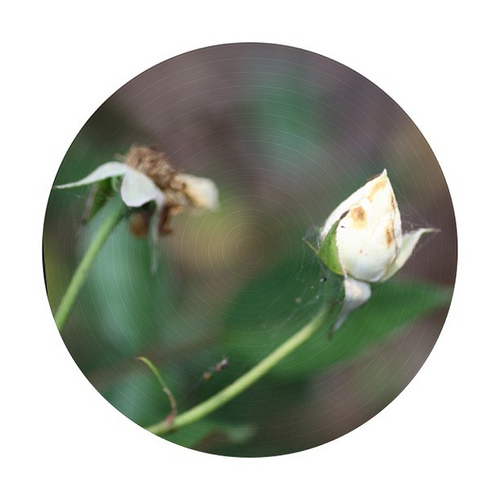
In this photo it looks like possibly spider mites are feeding on my dwarf white roses. Interestingly, my research led me to discover that insecticides only increase this problem because they wipe out all the bugs that eat spider mites.

Scorched rose petals seem to indicate thrip damage. I googled what thrip damage on roses looks like and got a ton of photos to compare it with. I thought about using Spinosad – which is supposed to really work on thrip problems, but it is toxic to honey bees, and not safe for fish or birds (I don’t have a water feature in my yard yet, so no fish, but we have a HUGE amount of birds that visit us daily). Another site indicated that you can purchase parasitic bugs that eat the thrips for about 30$. This sounds expensive, but is probably what I will end up doing.
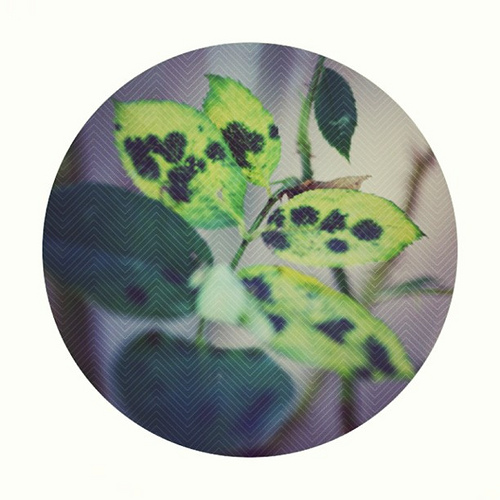
This is black spot. Unfortunately. I’ve read up on it and it seems I’ve picked a disease prone rose to grow in a warm state with a nearly year-round growing season. Shame on me… but it sure is a pretty rose and I hate to kill it. I’m going to try a vinegar/water/soap mixture spray, and then I’m going to pick all the affected leaves and burn them. I also saw a suggestion on another site that mentioned a baking soda tonic for preventing and curing mildew, but all of the sites I read suggested picking disease resistant roses and planting them in full sun FIRST. Oops.
This advice I found on the organic rose forum made me think my shovel may be the only cure for this particular rose bush – and I’m not sure it will survive a move:
“Say goodbye to the hybrid teas and hello to the antique teas, chinas, noisettes, polyanthas, and hybrid musks. The folkloric kitchen sink remedies are mostly myth for areas with long growing seasons and high disease pressure like the South. If you are willing to spray all of that other stuff that doesn’t work, then check out all of the modern fungicides that you can spray and DO work and will give wonderful disease control and are not nearly as toxic as Funginex. Please visit the regular rose forum for advice on that subject. But if you wish to give up manmade chemicals entirely and forgo spraying, then choose different roses.”
I guess I’ll be researching some new roses to plant if I decide to remove this one. Bummer.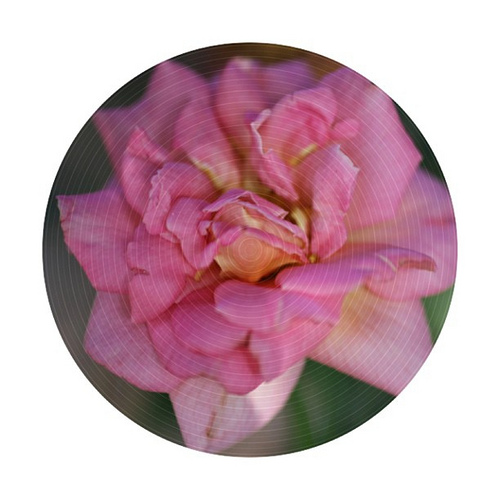
One place I’ve been finding ideas on keeping garden pests in check is Jerry Baker’s garden tonic website. This pink rose in my yard is susceptible to so many issues. The first problem is that the small purple-blooming vitex “bushes” I planted around it are now TREES. It doesn’t get enough sunlight, but the rose is too large to dig up and move. Even if I trim the trees considerably, it will still get more shade than sun. It is also a very FRAGRANT rose, and I’ve heard that the better a rose smells, the more disease and pest issues it will have.
In this photo, I’m showing how the petals are curling as if slightly disfigured.
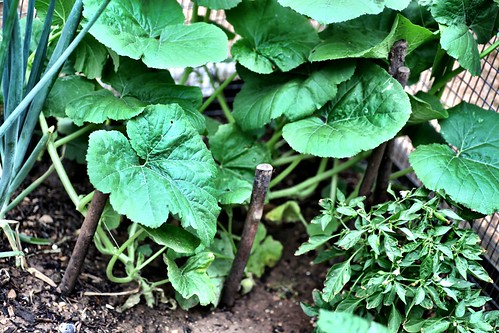
My pepper plants (pictured on the far right bottom) are the main plants that are troubled right now. You can’t see it in this photo, but they are plagued by aphids and fire ants. The rain we’ve been getting has thinned them out considerably (the aphids/ants), but I suspect that once it dries out, they will be back. I discovered a site that has a tomato leaf spray recipe for a tonic to spray the plants with that work on aphids but don’t kill beneficial bugs like the ladybugs that are also eating them.
Next year I’m going to plant some butterfly weed near my raised beds to act as a trap plant for aphids and to draw more lady bugs, and lacewings to the garden. I have also heard of others adding cayenne pepper to the spray to make it even more potent. I’m going to try making this some time soon since my tomato plants are over 3 feet tall now and I have plenty of leaves to brew with. I saw two new tomatoes growing at the base of one and can’t wait to harvest my first tomato of the season!
If you are doing yard and garden work and want to share your photos on Twitter or Instagram, use the #HG101 hashtag so everyone following along can see them. I’m using this hashtag on Twitter, Instagram, and even Pinterest. In fact, I created a Home and Garden 101 pin board where I’m planning to pin my garden and yard progress this year, share fun gardening and outdoor projects I find online, and more. If you want to follow along, you can.
{ This Friday I’ll be doing another 25$ gift card give away! }
